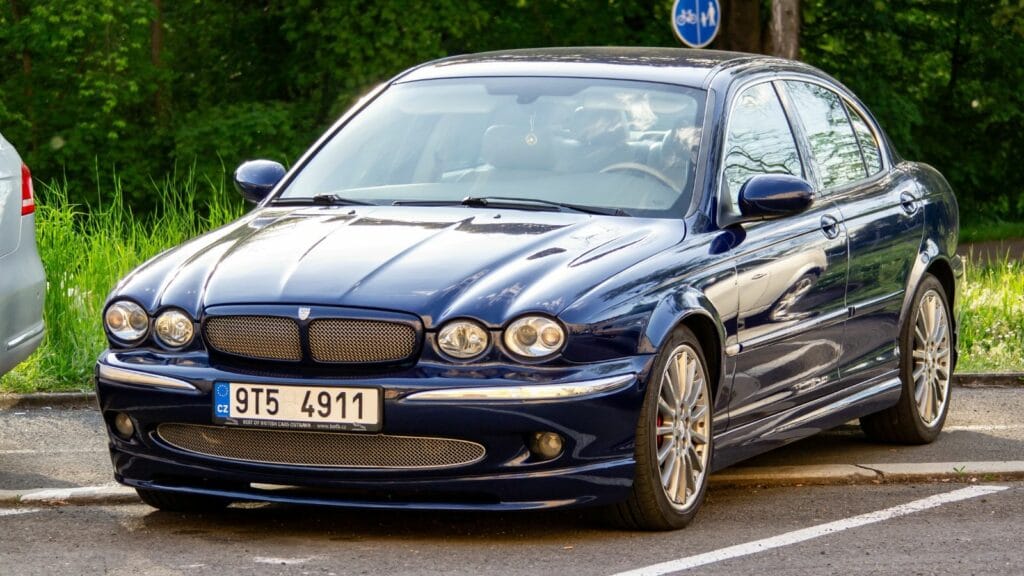Not every car is destined for a long, trouble free life. Some brands nail the formula for durability, while others have a reputation for stranding their owners at inconvenient times. From costly electrical failures to fragile drivetrains, certain manufacturers consistently perform below average in reliability studies. Here are six car brands that tend to break down more than most, along with the common problems and ownership headaches you can expect.
Land Rover
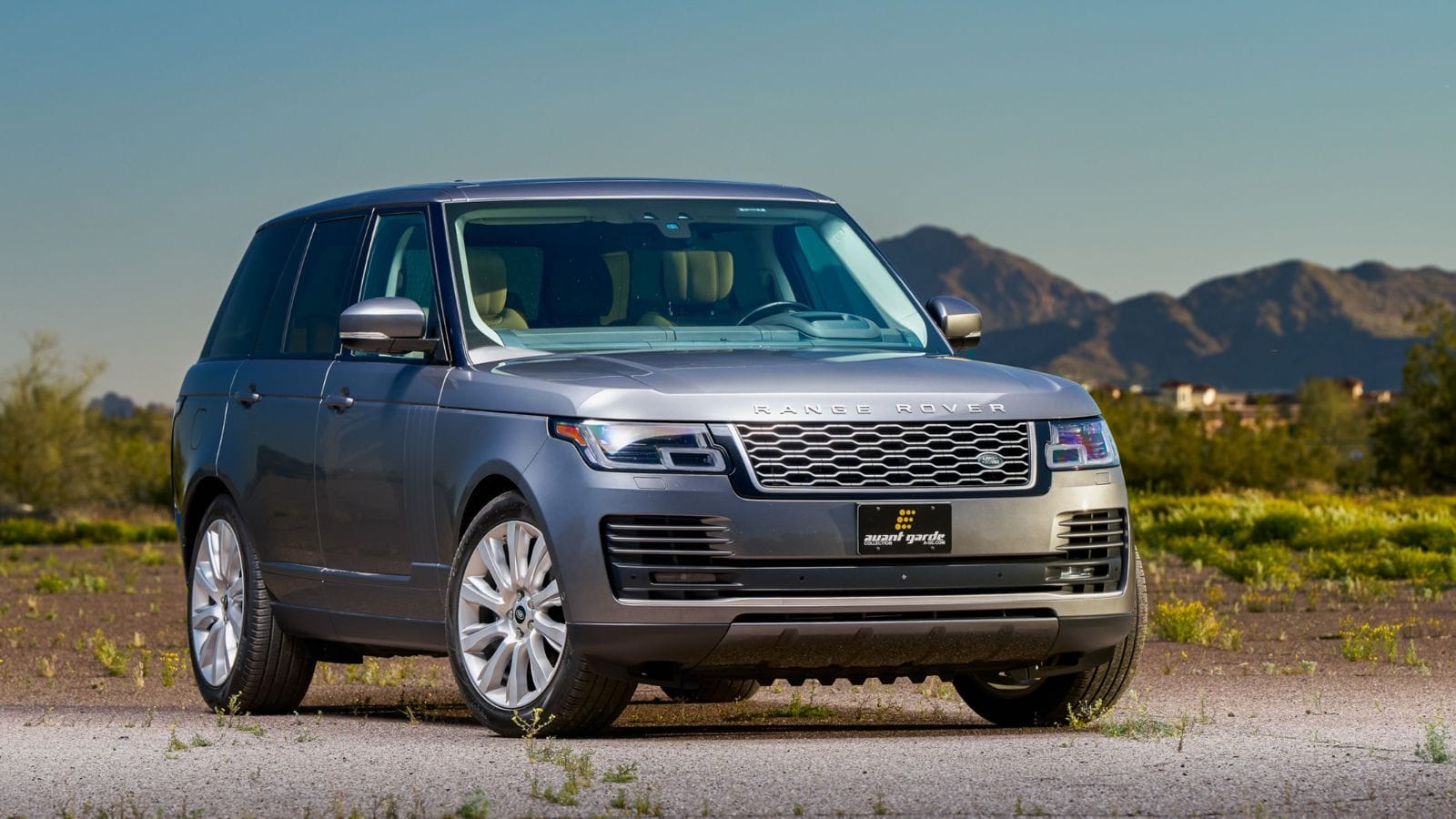
Land Rover is the classic case of luxury and capability wrapped in a fragile package. The company makes some of the best looking and most capable off-road vehicles in the world, but reliability has been a consistent Achilles’ heel. Air suspension failures are common, often costing several thousand dollars to repair. Electrical systems, including infotainment and climate control, are known trouble spots. Oil leaks also appear frequently, even on low mileage examples. Owners report that repairs often start showing up between 60,000 and 80,000 miles, and average annual maintenance costs can easily surpass 1,200 dollars. Fans accept the headaches for the prestige, but patience and a deep wallet are mandatory.
Alfa Romeo

Alfa Romeo represents the classic Italian love affair: stylish, exciting, but ultimately unpredictable. Modern models like the Giulia sedan and Stelvio SUV deliver sharp handling and passionate design, yet they are plagued by issues with electronics, turbo engines, and automatic transmissions. In many cases, problems begin appearing around 40,000 miles, well before rival German sedans would normally require major work. Owners frequently complain of repeated check engine lights and glitchy driver assistance systems. Average repair bills can run 1,000 to 1,500 dollars per year, which adds up quickly. Enthusiasts may tolerate it for the driving thrill, but casual buyers often regret the choice.
Fiat
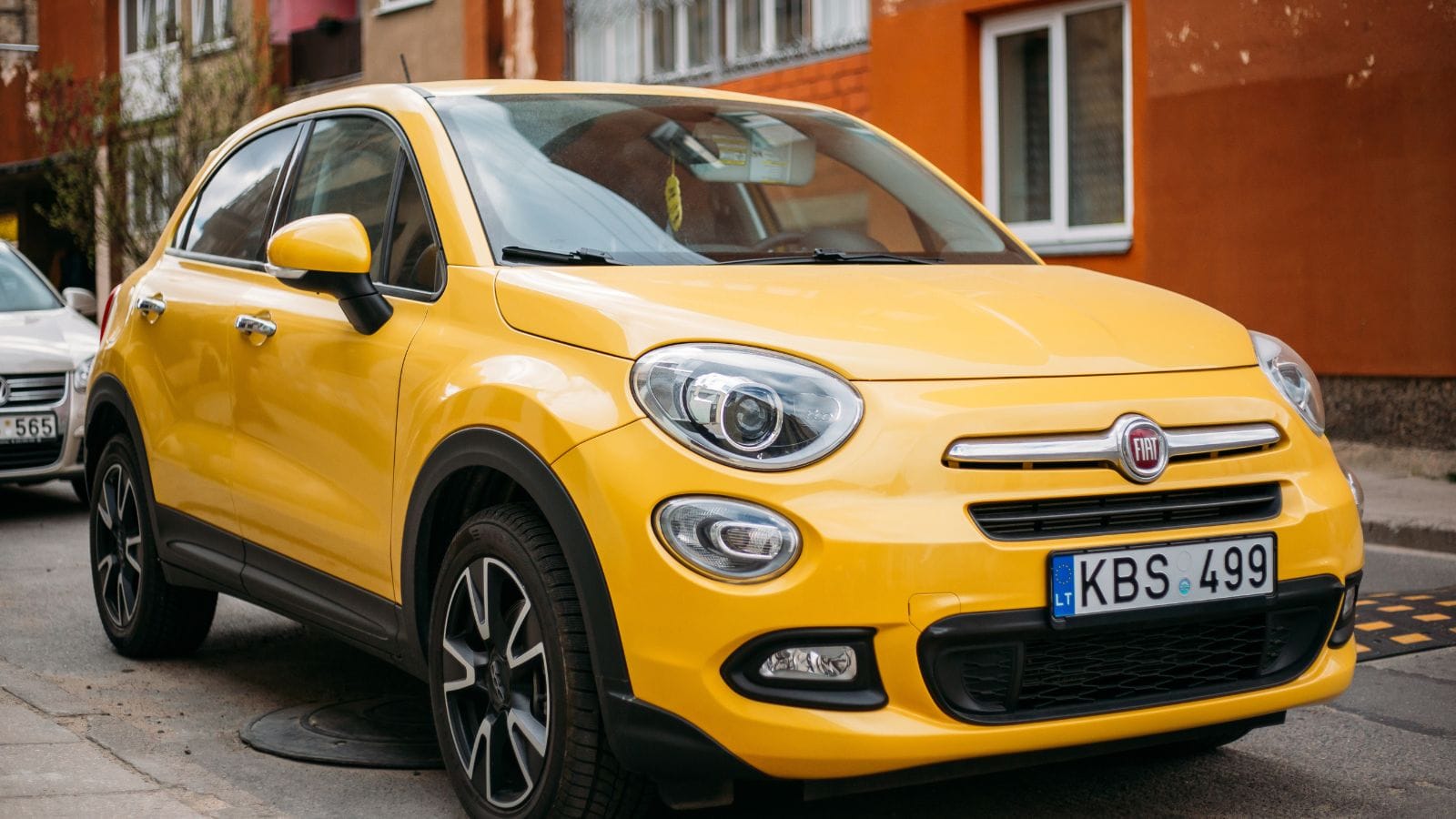
Fiat’s re-entry into the American market with the 500 was full of promise, but reliability woes sank it fast. Owners loved the quirky style and city-friendly size, but small engines and transmissions proved fragile. Dual-clutch automatic gearboxes in particular were notorious for early failures, often requiring expensive replacements around 60,000 miles or less. Electrical faults, stalling issues, and premature wear on interior components further hurt the brand’s reputation. Annual repair costs average about 900 dollars, not terrible on paper, but the frequency of visits makes ownership frustrating. Used examples are cheap, often under 6,000 dollars, but many of those low prices hide looming repair bills.
Chrysler

Chrysler has been hanging by a thread in recent years, with only a couple of models left in the lineup. Vehicles like the Pacifica minivan and the 300 sedan offer comfort and decent features, but long-term reliability remains below average. Common issues include electrical failures, transmission problems, and premature wear of suspension components. The Pacifica’s power sliding doors and advanced infotainment systems are frequent complaint points. Repairs typically start stacking up around the 80,000 mile mark, and annual maintenance averages about 850 dollars. While not ruinous, it is worse than competitors from Honda and Toyota, which explains why Chrysler has struggled to retain loyal buyers.
Jaguar
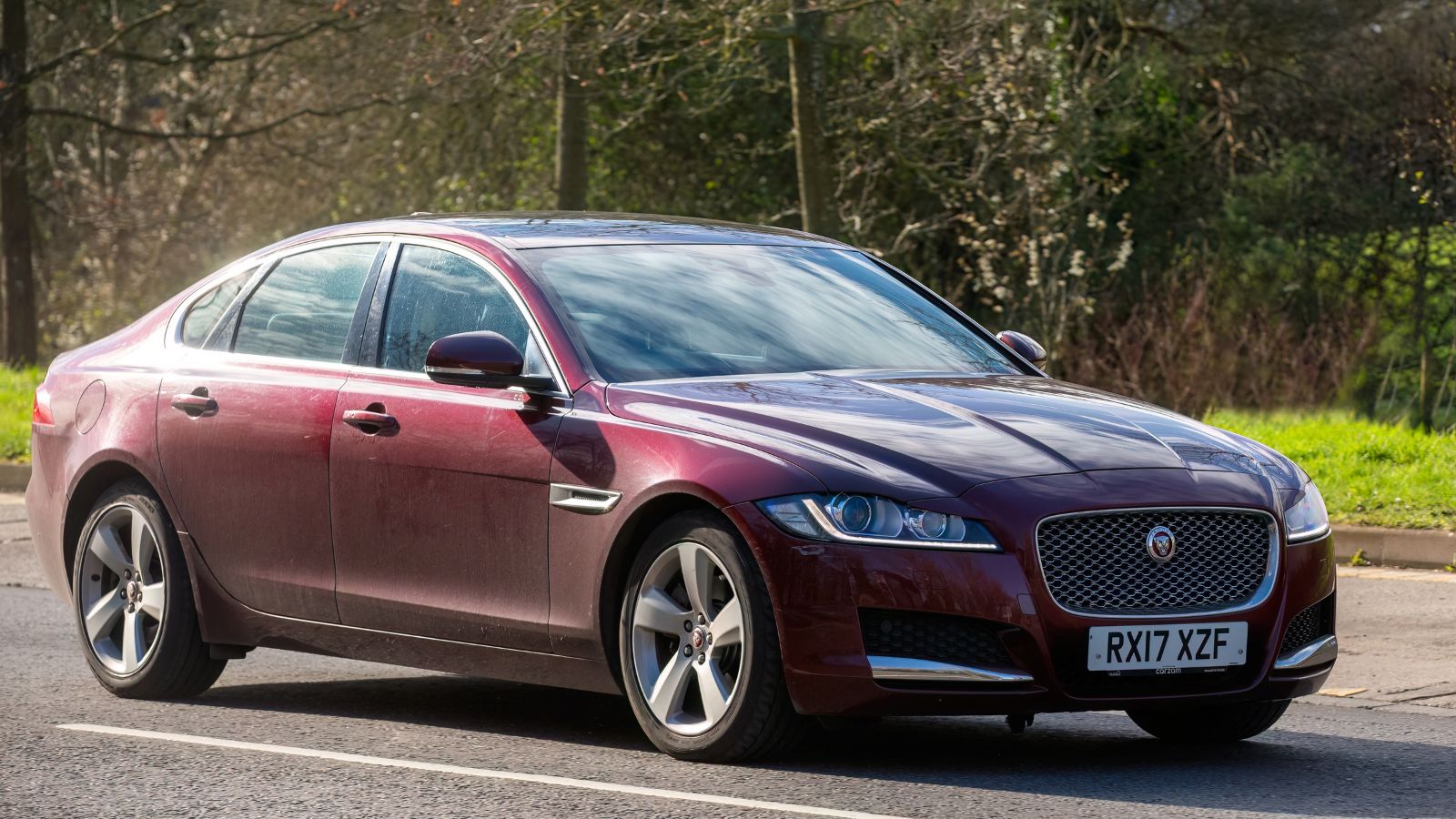
Jaguar is a brand steeped in heritage, but reliability has always been its weak link. Owners of models like the XF, XJ, and F-Type report persistent electrical faults, cooling system failures, and quirky transmission behavior. Many of these issues show up between 50,000 and 70,000 miles, making long-term ownership expensive. Repair costs are among the highest in the industry, averaging over 1,300 dollars per year, with big-ticket repairs often exceeding 5,000 dollars. Enthusiasts forgive the flaws for the style and performance, but surveys consistently place Jaguar near the bottom of reliability rankings. The brand’s pivot to all-electric cars in the coming years is a gamble, and many buyers wonder if it will finally shake its reputation.
Jeep
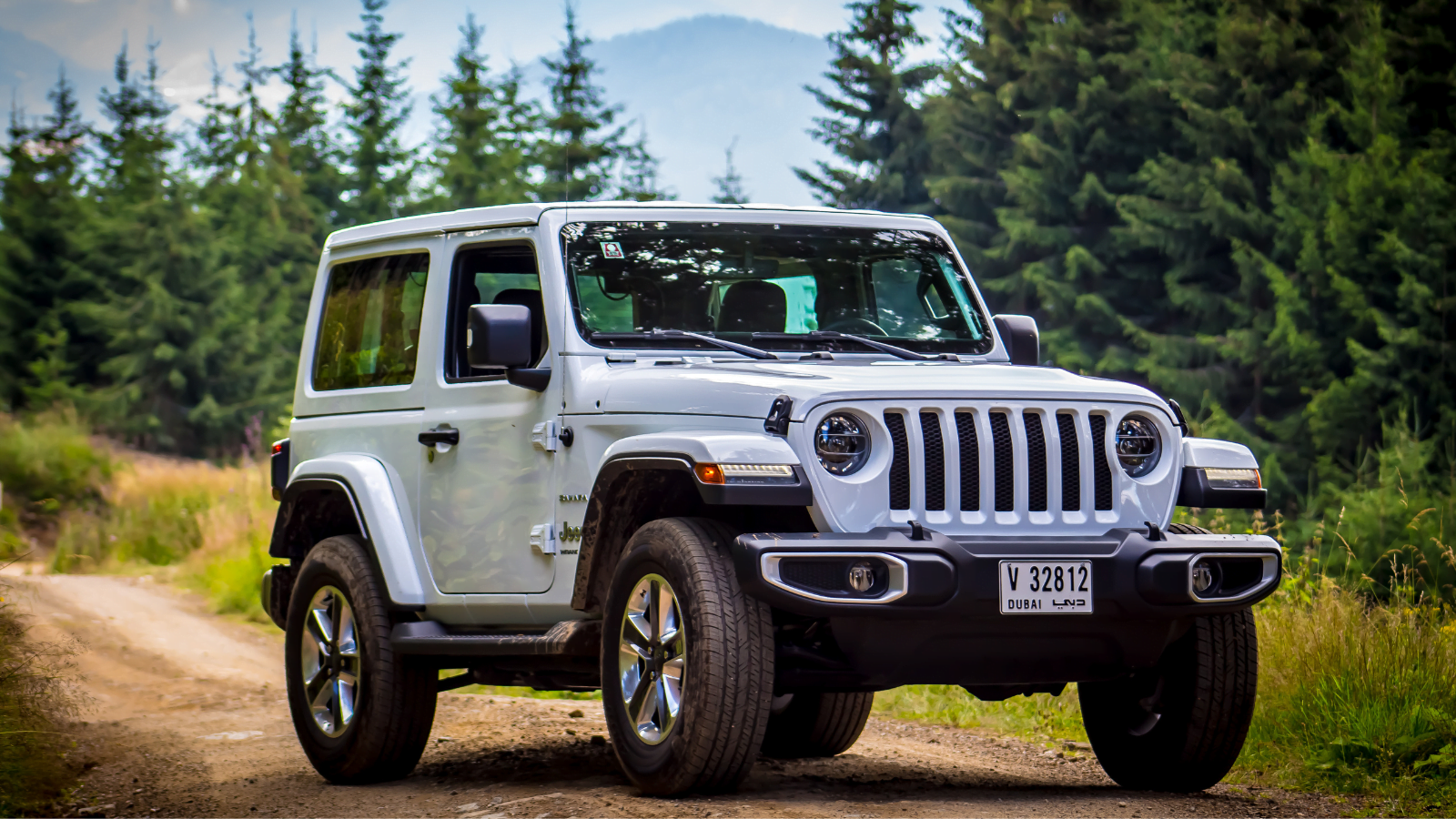
Jeeps hold a unique place in American culture as rugged adventure machines, but their reliability record is far less heroic. The Wrangler is notorious for leaky roof seals, electrical gremlins, and premature suspension wear. Owners also report repeated issues with transmissions in certain model years, with failures occurring as early as 60,000 miles. Repair costs average about 750 dollars annually, but frequent trips to the mechanic inflate the true cost of ownership. Hardcore off-roaders tend to shrug it off, arguing that Jeeps are meant to be wrenched on, but for average suburban buyers, the constant issues can be exhausting. Jeep’s image keeps sales strong, but the headaches are real.
25 Facts About Car Loans That Most Drivers Don’t Realize

Car loans are one of the most common ways people fund car purchases. Like any other kind of loan, car loans can have certain features that can be regarded as an advantage or a disadvantage to the borrower. Understanding all essential facts about car loans and how they work to ensure that you get the best deal for your financial situation is essential. Here are 25 shocking facts about car loans that most drivers don’t realize:
25 Facts About Car Loans That Most Drivers Don’t Realize
